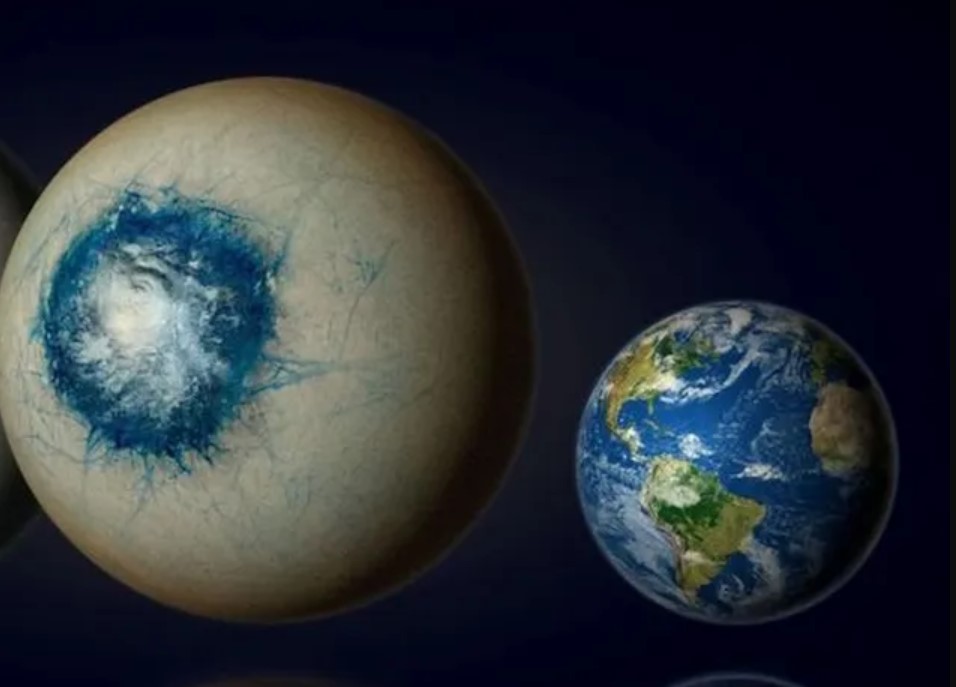The planet was originally discovered in 2017, but has now been more thoroughly examined with the James Webb Space Telescope. Based on this, the existence of life on the eyeball planet is possible.
LHS 1140 b is an exoplanet located 50 light-years from Earth, and it has two interesting features: on the one hand, it (possibly) resembles an alien eyeball, and on the other hand, it may be habitable. The planet was examined more closely by the James Webb Space Telescope (JWST) – Live Science ReportsThis celestial body was originally discovered in 2017, but was then thought to be a mini-Neptune. However, newer findings suggest that LHS 1140 b may actually be an icy planet with a central ocean surrounded by a solid icy crust. If so, it could have supported life.
The planet is about 1.73 times the diameter of Earth, while its mass is 5.6 times that of our planet. In addition, there is a tidal connection between LHS 1140 b and its host star (the Sun), meaning that the planet's rotation period is the same as its orbital period, so the same side of the planet always faces the star, while the other side always remains in shadow. Similar to what can be observed in the relationship between the Earth and the Moon. Since one side of LHS 1140 b is always facing the star, it is possible that there is a stable region where water could remain liquid. The exoplanet orbits a red dwarf star in just 25 Earth days, and is located in the “habitable zone”, that is, the region where liquid water could exist.
Using the James Webb Space Telescope’s near-infrared camera and slitless spectrometer, scientists were able to analyze the planet’s atmosphere as it passed in front of its star. The researchers detected the presence of nitrogen, which is also a major component of Earth’s atmosphere. Further studies determined that LHS 1140 b is not dense enough to be a rocky planet, and does not fall into the category of a sub-Neptune. This suggests that the planet is covered in ice, which could harbor liquid water.
Most of the planet's surface is likely frozen. However, temperatures on the star-facing side may be around 20 degrees Celsius, hot enough to support liquid water and possibly marine life. This makes LHS 1140 bt a promising candidate in the search for habitable exoplanets.
The big question now is whether or not this planet has an atmosphere, but to determine that, at least another year of data collection is needed, and then another two or three years are needed to detect other gases, such as carbon dioxide.












































